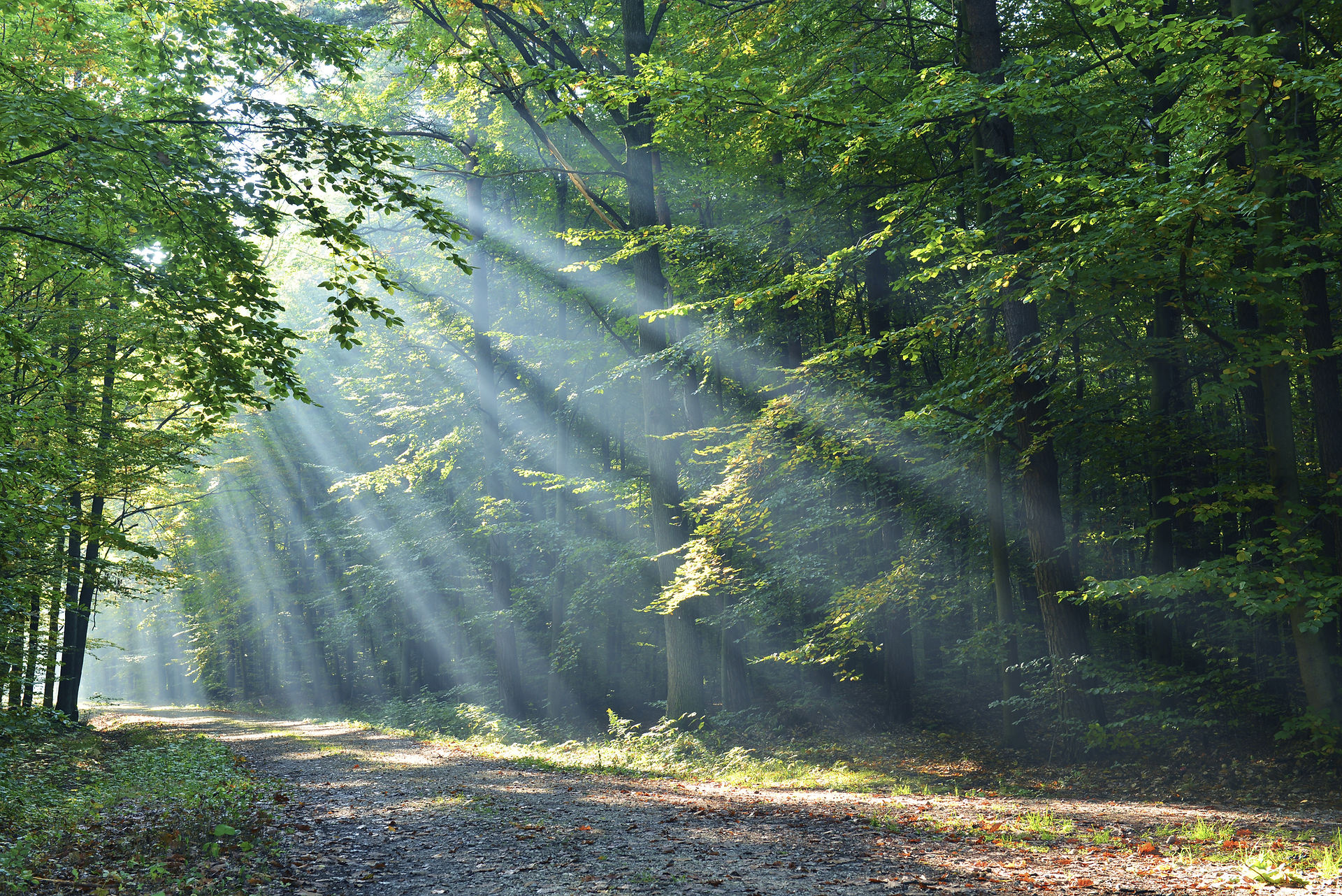- Granny Bonnet

Well. Would you know it? Granny's got green eyes, the rarest colour on the planet apparently and often associated with witches. Ooh now, there's a thing! I wonder...
The most common colour worldwide is of course brown but particularly in the northern hemisphere, blue and green are more common.
With the advent of smart-phones, I read that millions of predominantly brown-eyed Asians are conducting searches driven by a well-known Bollywood actress with the intriguing sea-green eyes that occur occasionally on that continent, and mainly as far as they are concerned in Northern India and Afghanistan. I have actually met a couple of Indian women with green eyes and with their beautiful skin-tone, the combination was quite stunning.
One of the most searched-for eye-colour related questions on the internet generally, is in regard to the late Elizabeth Taylor's 'violet' eyes which of course were no such thing, since there is no such thing. Her eyes were an unusual shade of dark blue. Clever make-up, lighting, clothing and I suspect an imaginative studio publicity department, ensured the 'violet' legend thrived.
Granny's grandson has striking and unusual aquamarine-coloured eyes from parents of blue and blackish-brown though his sister's are brown. Granny's eyes are a different shade from his altogether - closer to my father's hazel eyes which were a mix of green and brown.
In ancient Egypt, green was considered the colour of good health, life and re-birth, and the Eye of Horus amulet – worn to protect one against illness – was most often made of green stone. In folktales around the world, witches, nymphs and water spirits often have green eyes. I am supposedly curious, intelligent and a little surprising and mischievousness.
I will have to leave that to others to decide, meanwhile all I shall say is pass me my reading glasses please...




